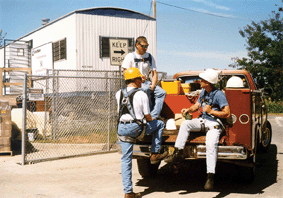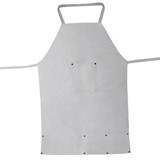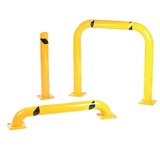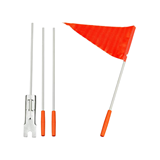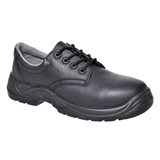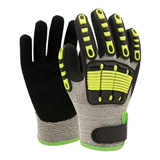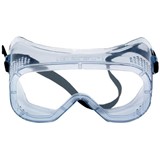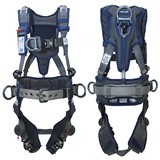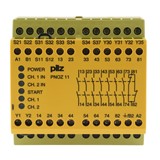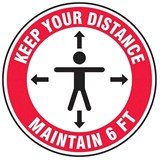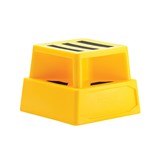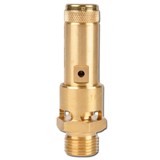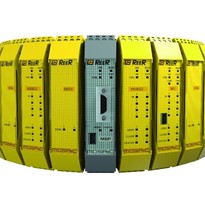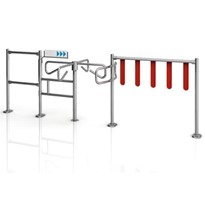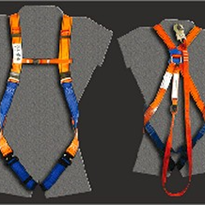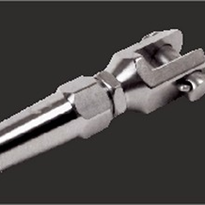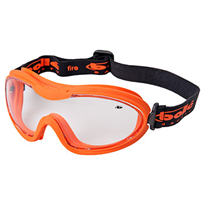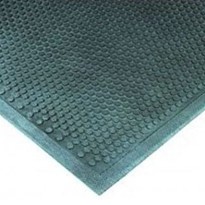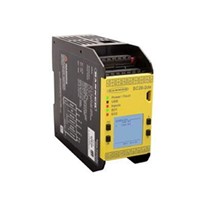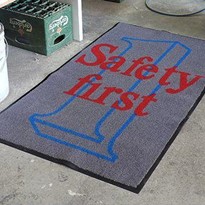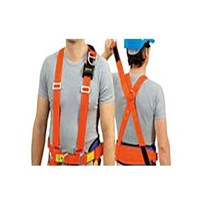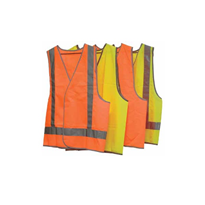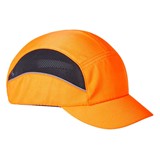We know that the effects of a fall on a jobsite are far reaching and go beyond the company to the family members and even the community. We speak of the legislation, the standards and all the reasons and times when we “have” to use fall protection. Yet still we see a lack of compliance and more importantly a lack of pro-active choice to be safe.
It was interesting to hear the comment from an individual as I was demonstrating a rescue system. He was frustrated by the fact that his job now required the compulsory use of height safety equipment and stated that he felt safer being at height prior to ever having to use the gear than he does now. I wonder if that was because he didn’t understand the consequences of falling before, or if it was a resistance born out of the fact that he no longer had a choice in the decision making process.
A recent study showed that over 80% of our decisions are “fear based”, meaning that the decisions we generally make day to day are based upon avoiding unpleasant consequences that we see as inevitable. For example, for many of us the decision to do the speed limit while driving is more about avoiding a speeding ticket than driving within the limits of the road and conditions. With the majority of our decisions being based upon avoidance of negative repercussions, is it any wonder that so many people are frustrated with their “lot” in life? In psychological terms, this issue relates to a concept of “locus of control”. It identifies that a majority of people feel that their lives are controlled by outside factors and that their decisions really are not their own. This sense of being ‘out of control’ of our selves and our lives contributes to a sense of fear. In a sense people are giving up the control of their own destiny and letting the rules and regulations of society dictate their actions. Relating this concept back to safety, the decision to be safe is dictated by the legislation and the punishment that the legislators can hand out, the speeding ticket. In relation to height safety perhaps our decision to use a harness is not because it is a pro-active way to ensure you go home at the end of the shift but it’s really because if we don’t, we’ll be fired or fined. A simple exercise that demonstrates this concept is three questions I often ask at the beginning of my courses:
- “if it weren’t for the legislation and or the company, would you use height safety equipment when working at height?”. I will most often get a majority of people saying yes, or it depends upon the height. A small percentage will be honest and say no, though it also depends upon who else might be in the course with them and what repercussions of saying no might exist.
- 2nd I ask of those who said they would, how many had been on their house roof, in a tree cutting a limb or on holidays climbing something above the prescribed limit for height safety?”.
- I then add the final question, “how many used height safety equipment?”
It is amazing to hear the excuses why the majority of those who said that they would in fact use height safety equipment on the job, regardless of the legal requirements, wouldn’t use it during off hours. What this demonstrates is that far too often, the choice to be safe relies on the chances of being caught and punished for inaction rather than preparing for a hazard, regardless of the consequences of that hazard. When we choose safety as an avoidance strategy rather than a proactive decision to behave in a way that is responsible to our own self, how we protect ourselves becomes less of an issue, so long as we appear to be protecting ourselves so that the authorities are satisfied. This is the function and realm of “compliance level” products. As long as the product meets the minimum standards of ASNZS then the regulators won’t give you any grief. However, just because a product meets the standard, doesn’t guarantee it will properly protect you in every situation. Sizing, adjustment, application all play a role in proper protection. I speak often about looking at all height safety equipment as a tool, vs. PPE. As such, you need to select and use the right tool for the task; complying to the standard is just the beginning of the selection process.
The objective then, is to bring the individual to a place where their motivation for change or for choosing a behaviour, is driven from an internal perspective. In this way the individuals’ actions are based upon a sense of control vs. a reaction or avoidance of unpleasant repercussions (loss of work, fines etc). As a function of safety, our decisions then becomes one of taking control of risks and doing everything to avoid the hazard (hierarchy of control) and reduce any negative consequences of experiencing those hazards should we actually experience it (fall arrest). A worker chooses fall protection so they protect their lives rather than using it to avoid punishment. This actually requires a serious shift in thinking as it places the responsibility for safety with the individual, regardless of the legislation, company policy or applicable standard. Every action requires a conscious choice, “am I as safe as I could be?” regardless of whether you are on the job or not. Should I find a new way to do this job and if I choose to be unsafe am I willing to accept the responsibility of my actions, positive or negative? With this outlook, the worker always has a choice and is responsible for those choices, they can take back control of their lives even in highly regulated situations.
Written by Emmett McGreggor - Emmett McGreggor is Training & Consulting Manager at Capital Safety


